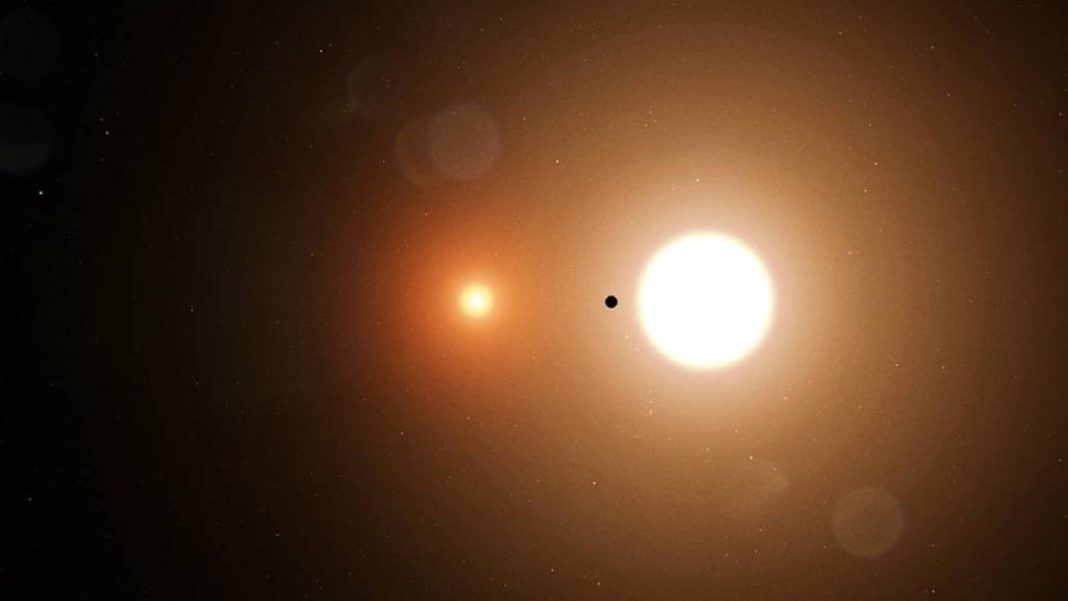UNITED STATES: For the first time, astronomers have studied a dead star sitting in the heart of a cosmic graveyard of similarly aged stellar bodies, offering new clues regarding our own solar system’s future.
The stellar remnant, a white dwarf, lies at the centre of a cloud of stellar wreckage, gas, and dust that astronomers call a planetary nebula. It’s located in the open star cluster Messier 37, which is around 4,500 light years from Earth.
Not only could studying this white dwarf and its surroundings reveal how it died, almost like examining a cosmic crime scene, but it could also give astronomers a glimpse at what our solar system will look like in around 5 billion years.
That is because, when the sun runs out of fuel for its intrinsic nuclear fusion processes, it will swell into a red giant. Its puffed-up outer layers will then swallow the inner planets, including Earth.
Then, as its shell of stellar material spreads out and cools, the sun will become a planetary nebula, which confusingly has nothing to do with planets, and its core will turn into a fading white dwarf.
The butterfly-shaped Messier 37 is an open cluster of stars; the stars within are thought to have been born from the same vast, dense cloud of gas and dust at around the same time. That means that by studying a dead star in this cluster, scientists can get a better picture of how stars of the same age (but with various masses) evolve and die.
In this way, open clusters serve as the perfect cosmic lab to test theories of stellar evolution. Massive stars live fast and die young. Thus far, astronomers have only discovered three open star clusters containing planetary nebulas, and the white dwarf stars buried at the hearts of these stellar graveyards have never been studied. Before now, that is.
Part of the stellar process that isn’t yet fully understood is the rate at which stars lose mass before hitting their white dwarf phases, with the relationship between a star’s birth mass and death mass called the “initial-final mass relation.”
In other words, the mass of a white dwarf can be directly connected to the mass of the star that died to create it. Stars like our sun lose just under half their mass by the time they have evolved into white dwarfs.
The team assessed the white dwarf’s light output and determined that it currently has around 85% of the mass of the sun. This indicates the star that died to leave behind this stellar remnant had a mass equivalent to 2.8 times that of the sun.
Also Read: Euclid Spacecraft Triumphs over Cosmic Hurdles, Poised to Illuminate the Dark Universe



